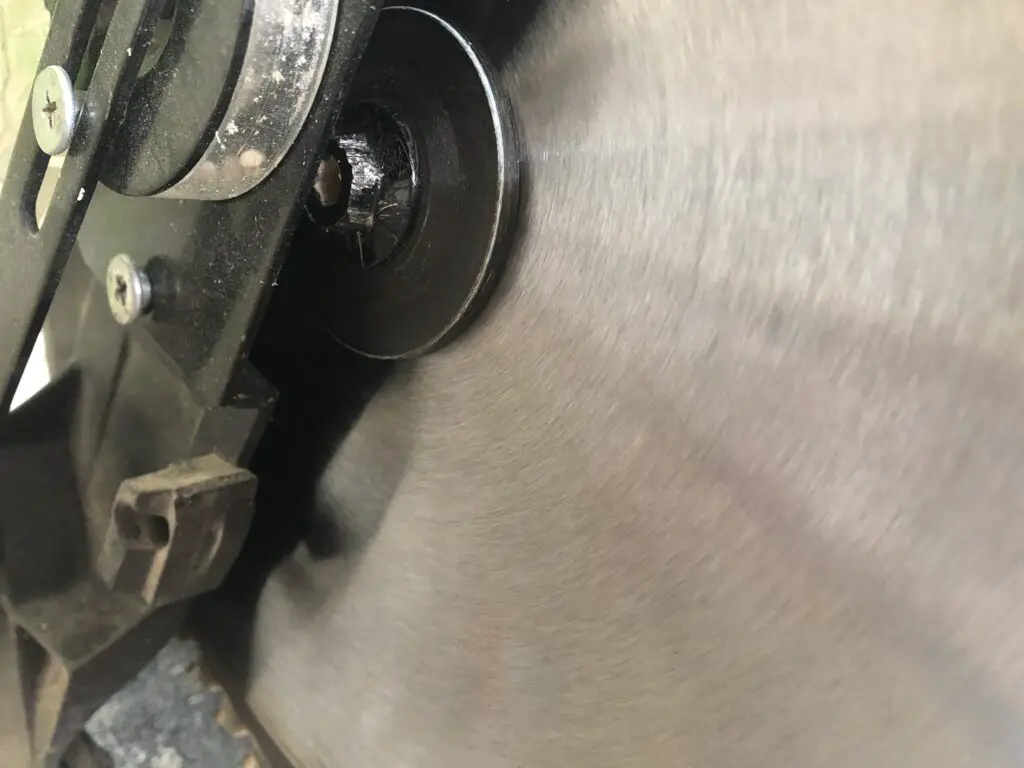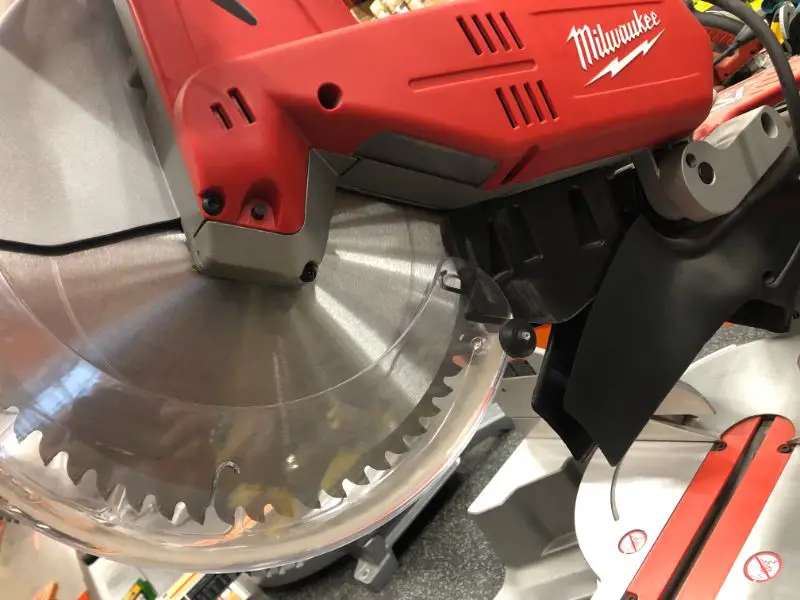Whether you are a construction professional or simply a woodworking hobbyist, you’ve probably used a miter saw a time or two. If you need help understanding the arbor size on your miter saw, then you’ve come to the right place!
The blade of your miter saw is mounted on an arbor which is positioned to coincide with the thin hole on the blade. The size of the saw and its blade generally determine the size of the arbor.
Typically, miter saw arbors are ⅝-inch. While some larger miter saws are able to accommodate big 12-inch blades, they will still stick with ⅝-inch arbors.
What is an Arbor on a Miter Saw?

In general, miter saws come in three sizes — 8-inch, 10-inch, and 12-inch. All three of these sizes are up to large cutting tasks, but they will each have specific blades for cutting. Your standard blades will be available at local hardware stores, but sometimes larger (or custom) blades will need to be purchased from construction suppliers.
In addition to size, miter saw blades also have varying tooth counts. Although the typical carbide blade will have somewhere between 24 and 80 teeth. If you look closely at your miter saw blade, you will see the spindle or mandrel in the center of the blade. This is what connects it with the rest of the saw.
The arbor is where this connection takes place. Protruding from the assembly, the arbor is driven by the motor of the miter saw and thus causes the blade to rotate.
What is the Arbor Hole on a miter saw?
The center hole on the blade is called the arbor hole. It is important to know the diameter of the shaft or arbor on your saw because this will help you purchase a blade with a corresponding arbor hole. The fit will need to be precise to produce an efficient, steady spin.
A miter saw is not the only type of saw to use blades with an arbor hole. Concrete saw blades, abrasive saw blades, panel saw blades, table saw blades, and worm drive saw blades also use a similar system.
12-inch Miter Saw Arbor Size

Depending on a blade’s outer diameter, the size of the arbor hole may vary. As the scale of the blade increases, the arbor hole will generally follow.
Here are a few general size rules (keep in mind some manufacturers may vary!):
- 3-inch blade = ¼-inch arbor hole
- 6-inch blade = ½-inch arbor hole
- 8-inch blade = ⅝-inch arbor hole
- 10-inch blade = ⅝-inch arbor hole
- 12-inch blade = 1-inch arbor hole
- 16-inch blade = 1-inch arbor hole
Pro-Tip: When shopping for blades, you may run across some that use the metric system — especially if you are shopping European or Asian sites. You will need to check for translations from millimeters to American sizes. (⅝-inch is 15.875 in millimeters)
Does Arbor Size Matter to your miter saw?
In addition to finding saw blades that fit, there is another reason to pay attention to arbor size: accessories. There are plenty of miter saw accessories out there such as mounted lasers, and knowing the arbor size will help you choose the best accessories for your saw.
What happens if you accidentally buy a saw blade that has an arbor hole that is too large? While you could return your blade and try again that may not always be an option (like if you bought the blade from Craigslist or Facebook marketplace.)
You are not simply out of luck as you may be able to find a solution with bushings. Bushings allow you to use a blade with a larger arbor hole with a smaller arbor. For instance, if you have a blade with a 1-inch arbor hole and your miter saw’s arbor is ⅝-inch, you can use a bushing to get your blade secured to your saw.
In the unlikely event that you have bought a miter saw that you can’t find blades to fit, there are places that will make custom blades with arbor holes to your specification. However, this may be an expensive fix in the long run.

